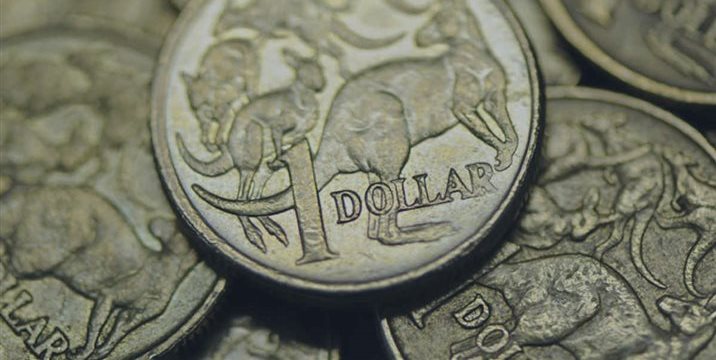
On Tuesday, the yen gained against the dollar on a mixed data set out of Japan, while
the Kiwi fell along with the Aussie in a busy data set.
AUD/USD held at 0.8711, down 0.10%.
NZD/USD fell to 0.7751, down 0.14% after business confidence plunged.
USD/JPY traded at 109.36, down 0.12%.
On Friday, the dollar advanced after the Commerce Department said U.S. gross domestic product expanded at an annual rate of 4.6% in the second quarter, in line with the consensus forecast.
In
Japan the August unemployment rate fell to 3.5%, below an expected
3.8%, household spending fell 4.7%, well below a forecast decline of
3.8%, a fifth consecutive year-on-year drop.
August preliminary
industrial output fell 1.5% on month and retail sales rose 1.2%. The
forecast for industrial output was a fall of 0.2% on month, while for
retail sales, it was a gain of 0.5% on year, a second straight
year-on-year rise.
August preliminary average
cash earnings are then due at 1030 (0130 GMT) followed by August housing starts at 1400
(0500 GMT), seen down 14.2%
In Australia, the Reserve Bank of
Australia releases private sector credit numbers at 1130 Sydney time
(0130 GMT) with a forecast for a gain of 0.4% month-on-month.
In
China, HSBC/Markit is due to release the final reading of their
September PMI at 0945 local (0145 GMT). The flash reading, released last
week, showed a surprise uptick to 50.5 from August's final 50.2,
helping lift sentiment in a market which had been braced for a sub-50
reading.
In New Zealand, ANZ's September business confidence and
activity outlook came in at 13.4 from 24.4 in August, down 50 points
from a February peak.
Markets in China will be closed from Oct. 1 to Oct. 7 for the week-long National Day holidays.
The greenback traded mixed against most major currencies overnight, as investors absorbed a mixed bag of U.S. data. The
National Association of Realtors earlier reported that its pending home
sales index fell 1.0% to 104.7 in August from 105.8 in July. Economists
had expected the index to tick down 0.1% last month.
At the same time,
the Commerce Department said that U.S. personal spending rose 0.5% in
August, beating expectations for an increase of 0.4%, after a 0.1% dip
in July. The report also showed that personal income, reflecting
income from wages, investment, and government aid, rose 0.3%, up from
0.2% in July, broadly in line with forecasts.


